CARING WITH FAMILY
|
| The level of warmth and fondness a breed is expected to display towards its family members, as well as other individuals they are familiar with varies significantly. Certain breeds may exhibit aloofness towards everyone except their owner, while others tend to treat anyone they know as their closest companion. |
LOVE WITH CHILDREN
Unwise
Good With Children
|
| The extent to which a breed is tolerant and patient with children's actions, as well as its overall family-friendly disposition is an important consideration when choosing a dog. It is essential to supervise dogs around young children, as well as children of any age who have limited exposure to dogs. |
BEHAVIOR WITH DOGS
Unwise
Good With Other Dogs
|
| The general level of friendliness a breed exhibits towards other dogs is a crucial factor to consider. While all dog interactions and introductions should be supervised, some breeds are naturally more inclined to get along with other dogs, whether it's in the home or in public settings. |
SHEDDING LEVELS & MANAGEMENT
No Shedding
Hair Everywhere
|
| The amount of fur and hair a breed tends to shed is an important aspect to take into account. Breeds that shed heavily will require more frequent brushing can potentially trigger specific types of allergies and may necessitate more frequent vacuuming and lint-rolling to maintain cleanliness. |
COAT GROOMING STANDARDS
|
| The frequency of bathing, brushing, trimming and other coat maintenance tasks varies among different breeds. It's crucial to consider your available time, patience and budget for such grooming requirements. Additionally, it's important to note that all breeds require regular nail trimming to maintain proper nail health. |
DROOLING INTENSITY
Less Likely to Drool
Always Have a Towel
|
| The tendency for a breed to drool is a factor to consider. If you value cleanliness and prefer to avoid dogs that leave ropes of slobber on your arm or big wet spots on your clothes, it might be wise to choose a breed that is not prone to excessive drooling. |
COAT STYLES GUIDE |
| Smooth |
| COAT SPECTRUM |
| Short |
FRIENDLINESS
Reserved
Everyone Is My Best Friend
|
| The level of receptiveness a breed typically exhibits towards strangers is a key aspect to consider. Certain breeds tend to be reserved or cautious around all unfamiliar individuals irrespective of the setting, while other breeds are generally friendly and happy to meet new people whenever they are encountered. |
LIVELINESS
Only When You Want To Play
Non-Stop
|
| The extent of a breed's enthusiasm for play, even beyond the puppy stage is worth considering. Certain breeds tend to maintain their desire to play tug-of-war or fetch well into their adult years, while others are content to spend most of their time relaxing on the couch with their owners. |
VIGILANCE INTENSITY
What's Mine Is Yours
Vigilant
|
| The inclination of a breed to alert you to the presence of strangers is an important characteristic to keep in mind. Some breeds have a higher likelihood of reacting to any perceived threat, such as the arrival of the mailman or even a squirrel outside the window. However, these breeds are also usually receptive to strangers who enter their home and are accepted by their family. |
ADAPTATION CAPACITY
Lives For Routine
Highly Adaptable
|
| The adaptability of a breed to change is an important aspect to consider. This includes how well they handle alterations in living conditions, noise levels, weather conditions, daily routines and other variations that occur in day-to-day life. |
OBEDIENCE LEVEL
Self-Willed
Eager to Please
|
| The ease of training and the willingness of a dog to learn new things are significant considerations. Certain breeds are motivated to make their owners proud and are eager to learn, while others may have a more independent nature and prefer to do as they please, whenever and wherever they wish. |
STAMINA LEVEL
|
| The amount of exercise and mental stimulation required by a breed is an important factor to consider. High-energy breeds are typically eager for physical activities and will engage in running, jumping and playing throughout the day. They require regular exercise to meet their energy needs. On the other hand, low-energy breeds are generally more relaxed and content with lounging around and may not require as much physical exercise or mental stimulation compared to high-energy breeds. However, it's important to note that all dogs should receive some level of exercise and mental engagement for their overall well-being. |
VOCALIZATION
|
| Medium |
LEARNING CURIOSITY LEVEL
Happy to Lounge
Needs a Job or Activity
|
| The amount of mental stimulation needed by a breed to remain happy and healthy is an important consideration. Purpose-bred dogs, which may have jobs that require decision-making, problem-solving, concentration and other qualities, require adequate mental exercise to thrive. Without sufficient mental stimulation, they may find their own activities to keep their minds busy, potentially leading to behaviors that may not align with your preferences. Providing them with appropriate mental stimulation is crucial for their overall well-being. |
| COLORS |
|
Description
|
Registration Code
|
|
Black
|
007
|
|
Black & White
|
019
|
|
Blue
|
037
|
|
Blue & White
|
045
|
|
Brindle
|
057
|
|
Brindle & White
|
059
|
|
Fawn
|
082
|
|
Fawn & White
|
086
|
|
Red
|
140
|
|
Red & White
|
146
|
|
White
|
199
|
|
White & Brindle
|
203
|
|
White & Fawn
|
207
|
|
White & Red
|
214
|
|
Black & Tan
|
018
|
|
Liver
|
123
|
|
| PATTERNS | . |







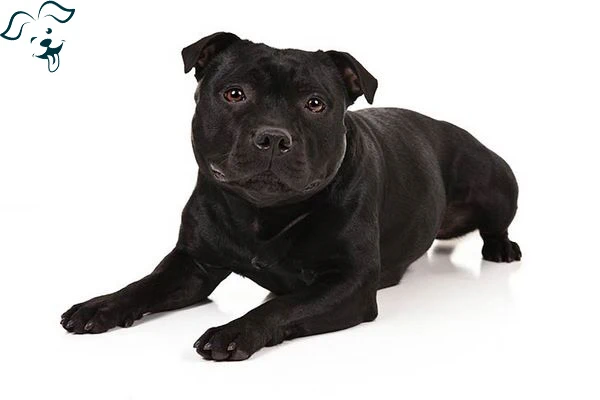
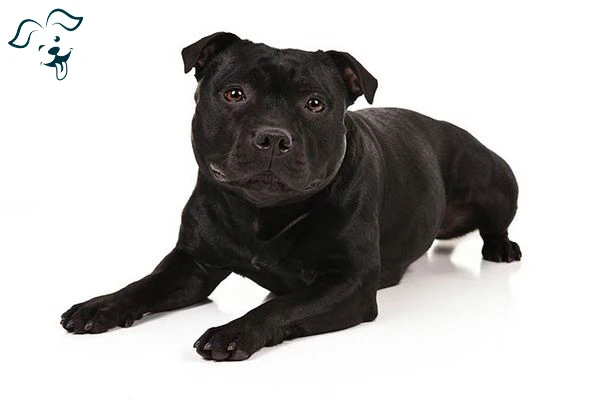
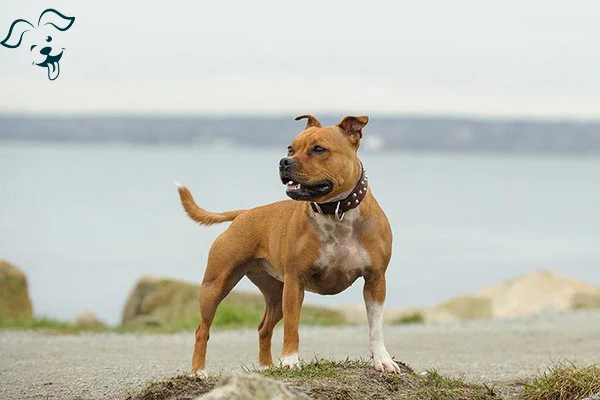
















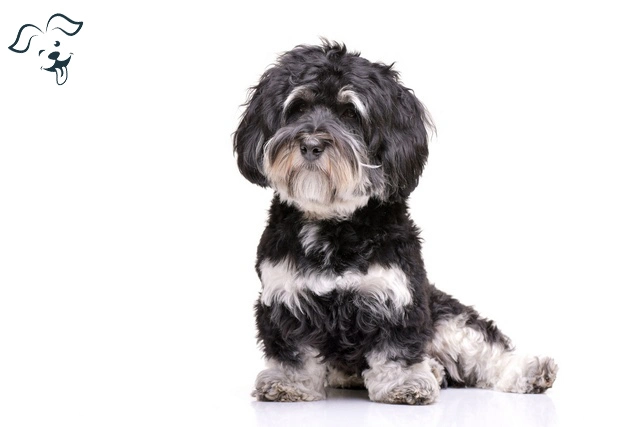
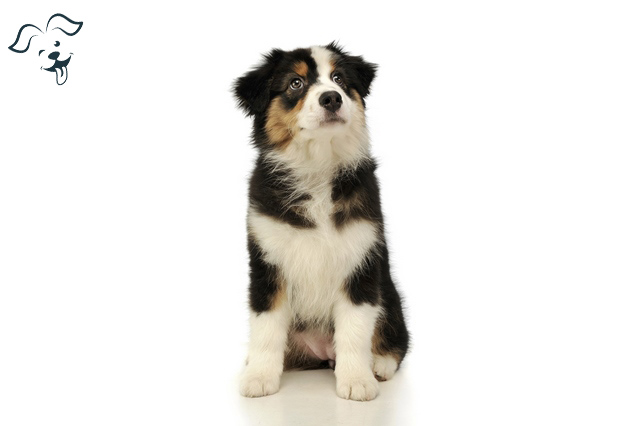
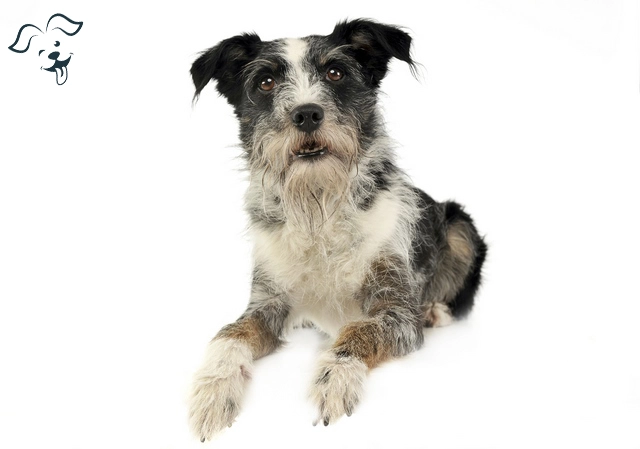
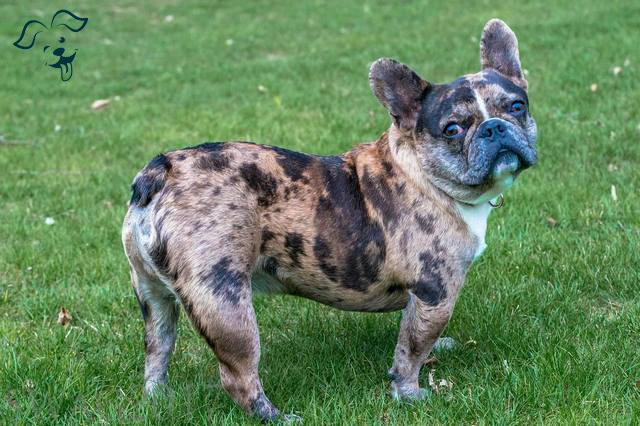
FRIENDLINESS
LIVELINESS
VIGILANCE INTENSITY
ADAPTATION CAPACITY